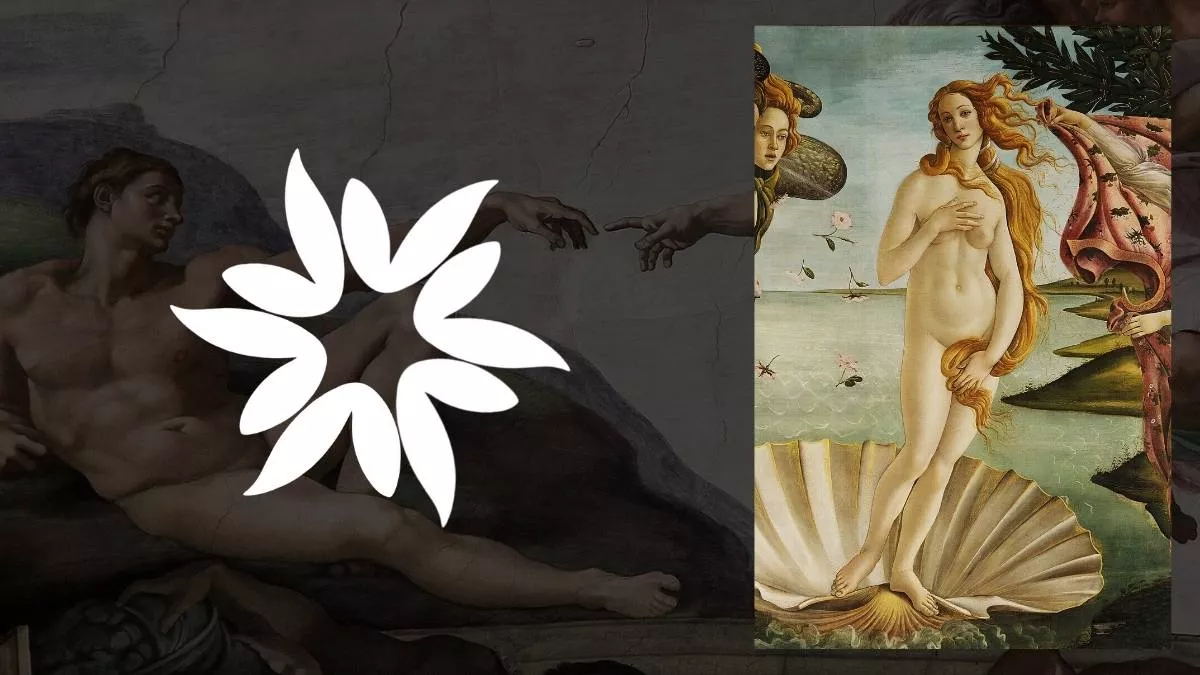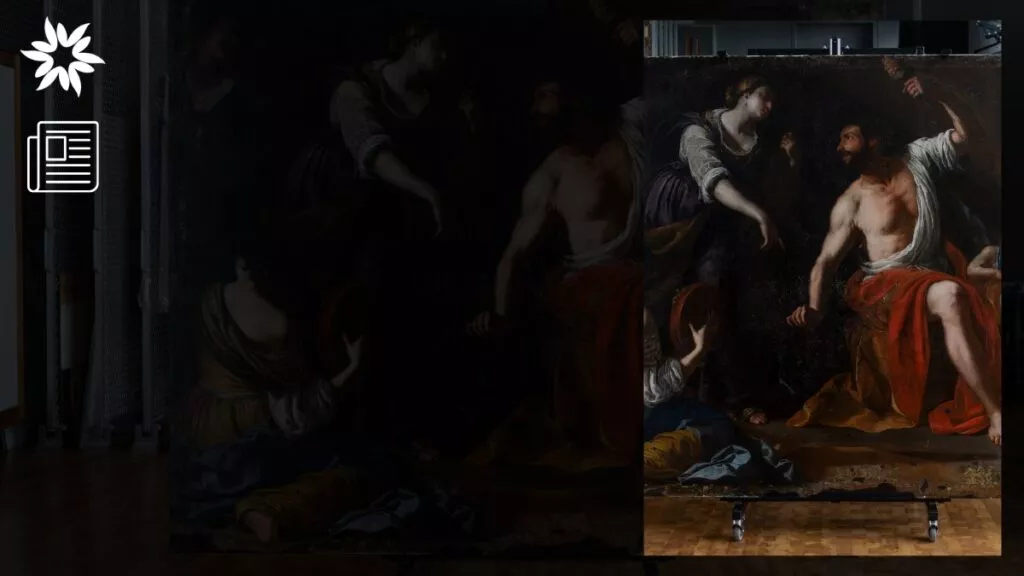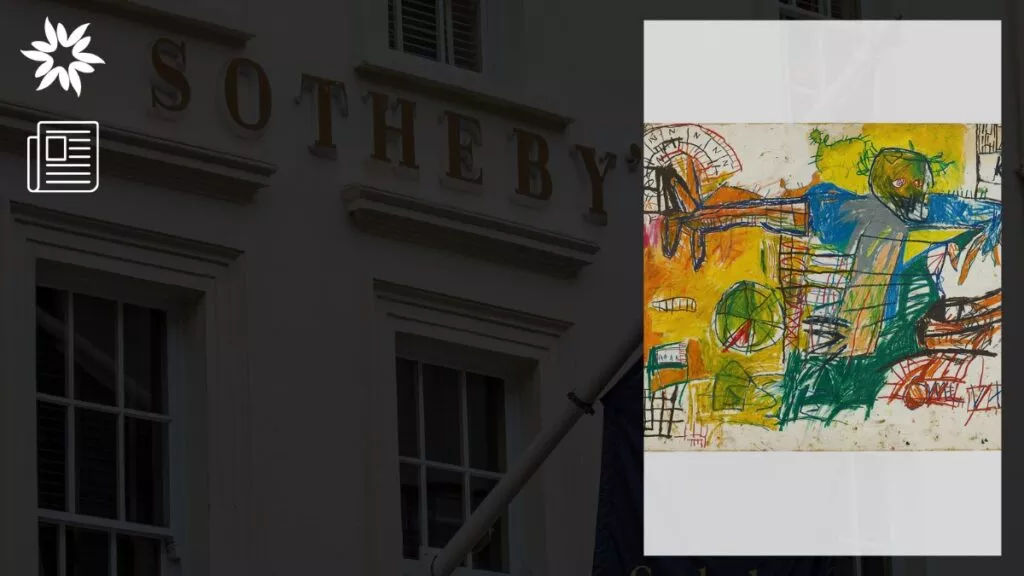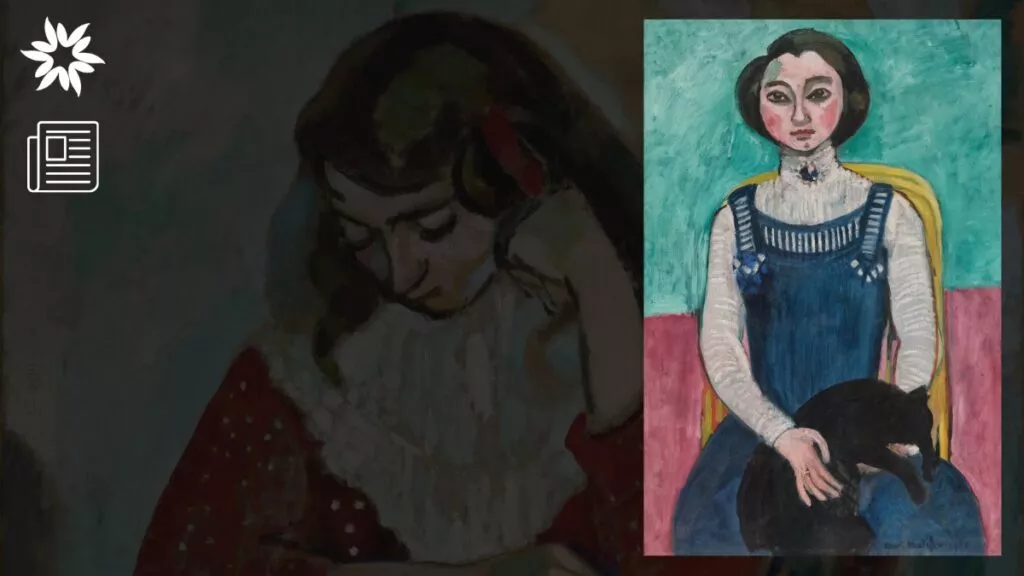The Renaissance was a time when art took on new life.
Paintings became more than visuals; they captured stories, emotions, and the era’s essence.
Artists like Leonardo da Vinci and Michelangelo brought their own visions to canvas, and they left behind masterpieces that still draw admiration centuries later.
As we dive into some of the most famous works from this period, let’s explore the details that made these paintings so timeless—and where you can find them today.
1. The Birth of Venus by Sandro Botticelli
Sandro Botticelli’s The Birth of Venus is one of the defining works of the Renaissance.
Painted around 1485, it shows the Roman goddess of love emerging from the sea on a shell—a symbol of purity and beauty.
Venus stands gracefully, her pale skin glowing against the soft, flowing drapery around her. The figures surrounding her seem to dance with the wind, which adds a sense of motion to the scene.
As one of the most famous Renaissance paintings, it’s celebrated for its symbolism and Botticelli’s stunning use of color.
You can see this iconic masterpiece in Florence at the Uffizi Gallery, where it continues to draw admiration from art lovers around the world.
2. The Last Supper by Leonardo da Vinci
One of the most well-known paintings from the Renaissance, The Last Supper by Leonardo da Vinci, captures a pivotal moment in Christian history—the final meal Jesus shared with his disciples before his crucifixion.
The painting completed around 1498, is famed for its incredible use of perspective, creating an illusion of depth that draws the viewer into the scene.
What’s remarkable about this work is how da Vinci portrays the emotion of each figure, from the shock and betrayal to the calm presence of Christ at the center.
Currently, it’s housed in the convent of Santa Maria delle Grazie in Milan, where visitors can experience this masterpiece in person—though only in small, carefully controlled groups to preserve the fragile fresco.
Also, we think you’d love our article on why the Mona Lisa is the world’s most famous painting.
3. The Creation of Adam by Michelangelo
One of the most famous and old Renaissance paintings, Michelangelo’s The Creation of Adam, is part of the stunning frescoes on the ceiling of the Sistine Chapel.
Painted around 1512, it portrays the biblical moment when God gives life to Adam, their outstretched fingers almost touching in a gesture that symbolizes the spark of life.
The level of detail Michelangelo achieved while working 68 feet above the ground is astounding.
And this iconic scene, with its vibrant figures and sense of movement, has been reproduced countless times but is best experienced in person at the Vatican Museums in Vatican City.
4. The School of Athens by Raphael
Raphael’s The School of Athens really captures the spirit of the Renaissance—ideas, philosophy, and a celebration of knowledge, all in one grand scene.
Painted between 1509 and 1511, it shows Plato and Aristotle deep in conversation, surrounded by other great minds from history.
It’s safe to say it’s the kind of painting where you can feel the energy of intellectual discovery.
This one has a personal touch, too—Raphael added some familiar faces, including Michelangelo and Leonardo da Vinci.
And you’ll find this masterpiece in the Vatican Museums, and it’s still one of the most famous Renaissance paintings for a reason.
5. The Last Judgment by Michelangelo
Renaissance-era paintings don’t get more dramatic than Michelangelo’s The Last Judgment.
Covering the entire altar wall of the Sistine Chapel, this fresco, completed in 1541, shows the second coming of Christ and the final judgment of souls.
It’s powerful, chaotic, and breathtaking all at once.
The sheer scale of it is overwhelming—over 300 figures fill the scene, from angels to the condemned.
Michelangelo even worked his own likeness into the painting, in the flayed skin held by St. Bartholomew. Standing before it in Vatican City, you can still feel the intensity of the moment.
6. The Ghent Altarpiece by Jan and Hubert van Eyck
The Ghent Altarpiece, also known as The Adoration of the Mystic Lamb, is a masterpiece of Northern Renaissance art.
Created by Jan and Hubert van Eyck in 1432, this massive polyptych features 20 intricately detailed panels filled with religious symbolism and stunning realism.
Its vivid colors and lifelike figures set a new standard for artistic achievement at the time.
Currently displayed at St. Bavo’s Cathedral in Ghent, Belgium, this artwork has a notorious history of being stolen multiple times by figures such as Napoleon and Nazi forces.
Now restored and securely displayed, it remains one of the most admired popular Renaissance paintings.
7. The Assumption of the Virgin by Titian
Famous Italian Renaissance paintings often stand out for their grand scale and vibrant color, and Titian’s The Assumption of the Virgin is a perfect example.
Painted in 1518, it captures the dramatic moment when Mary is taken to heaven, with apostles below and angels above, all caught in a swirl of motion and light.
The richness of Titian’s palette, especially the intense reds, creates a sense of awe and power.
This stunning piece has found its home in the Basilica di Santa Maria Gloriosa dei Frari in Venice, where visitors can still marvel at its beauty and energy.
8. The Sistine Madonna by Raphael
Raphael’s Sistine Madonna is one of the most moving religious works of the Renaissance.
It was painted in 1512 and features the Virgin Mary holding the infant Christ, with Saints Sixtus and Barbara by her side.
Below them, two cherubs rest their heads on their hands, a detail that has since become one of the most iconic images in art.
The serene expressions and soft colors give the painting a sense of calm and grace.
Now housed at the Gemäldegalerie Alte Meister in Dresden, Germany, this masterpiece remains one of the best Renaissance paintings.
9. The Madonna of the Goldfinch by Raphael
The Best Renaissance paintings often show the softer side of religious art, and Raphael’s Madonna of the Goldfinch beautifully does this.
Painted in 1506, it portrays the Virgin Mary watching over the infant Christ and a young John the Baptist.
The goldfinch they hold symbolizes Christ’s future suffering, but the scene feels peaceful and warm. And Raphael’s soft use of color adds to the intimate mood.
Today, this treasured painting can be seen at the Uffizi Gallery in Florence. And it’s admired for its gentle portrayal of a moment full of quiet significance.
Why These Famous Renaissance Paintings Still Matter
The Renaissance changed the way art was viewed—forever.
From The Birth of Venus to The Last Judgment, these masterpieces reflect a time when artists were breaking new ground and exploring fresh ideas.
Centuries later, they’re still drawing people in, filling galleries and churches with visitors eager to catch a glimpse of history.
There’s no doubt that each of these paintings tells a story, and they offer a connection to the past that’s hard to ignore.
The creativity and emotion poured into these works are why, all these years later, the Renaissance still feels as alive as ever.








